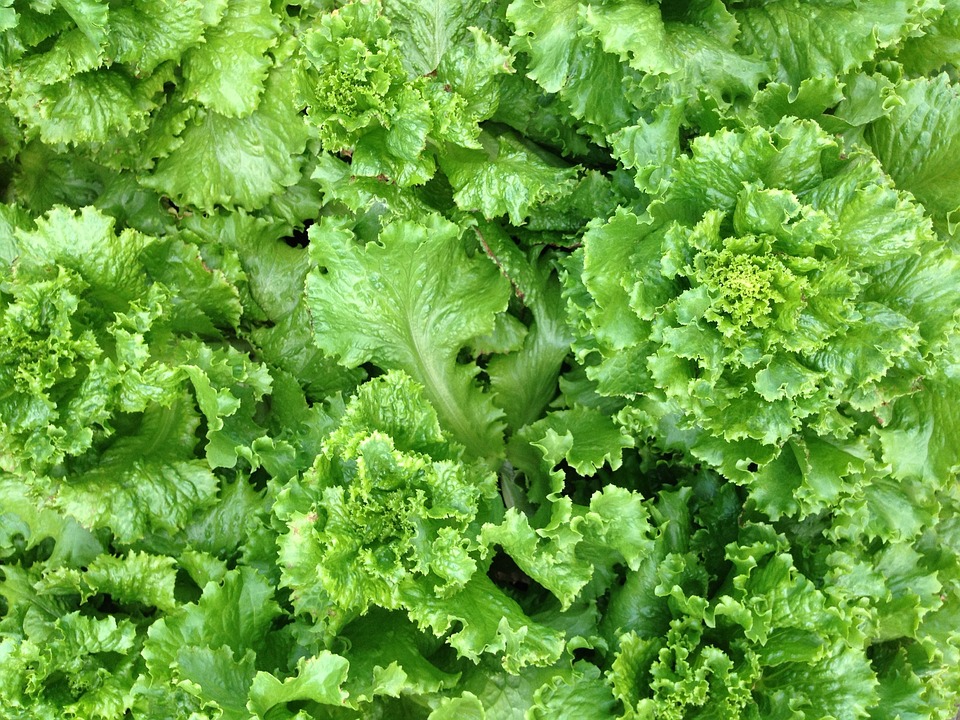# Grow Green: 10 Innovative Sustainable Gardening Techniques You Need to Try
Gardening is not only a way to cultivate fresh food but also an opportunity to bond with nature, enrich our ecosystems, and create a more sustainable way of living. Imagine stepping out into your garden, bathed in sunlight, where the gentle hum of bees fills the air and the vibrant colors of your plants dance in the breeze. There’s nothing quite like nurturing your own patch of earth and watching it flourish, all while minimizing your ecological footprint.
In the pursuit of greener practices, there are countless innovative techniques that can be integrated into your gardening routine to make it more sustainable. Here’s a guide to 10 pioneering methods that will not only enhance your garden’s productivity but also contribute positively to the environment.
## 1. Permaculture Design: Working with Nature
Permaculture is more than just a gardening method; it’s a holistic approach to land use that focuses on working with natural ecosystems rather than against them. This technique emphasizes designing landscapes that mimic the relationships found in natural ecosystems.
### How to Implement:
– **Zones**: Organize your garden into zones based on how often you need to access them. Place high-maintenance plants closer to your home while putting low-maintenance ones further away.
– **Stacking Functions**: Choose plants that serve multiple purposes, such as nitrogen-fixing plants that benefit the soil while providing food.
## 2. Vertical Gardening: Maximizing Space
For those with limited outdoor space or urban gardeners, vertical gardening presents an excellent solution. By growing plants upwards, you make efficient use of space while also creating a stunning visual display.
### Tips for Success:
– **Vertical Structures**: Use trellises, wall planters, or hanging pots to support climbing plants like beans and tomatoes.
– **Companion Planting**: Pair taller plants with shorter ones that thrive together, enhancing water retention and pest control.
## 3. Hydroponics: Soil-less Success
Hydroponics involves growing plants in a nutrient-rich solution rather than soil. This technique can lead to faster growth rates and higher yields, making it a great choice for enthusiasts and serious gardeners alike.
### Getting Started:
– **Choose Your System**: Options include Deep Water Culture, Nutrient Film Technique, and Wick systems. Each has its own advantages based on your gardening goals.
– **Monitor Nutrients**: Regularly check your nutrient solution to ensure your plants are getting the right balance of minerals.
## 4. Composting: Nature’s Fertilizer
Composting is a powerful way to turn kitchen scraps and yard waste into nutrient-rich compost, which improves soil structure and fertility. It’s a win-win for your garden and the planet.
### Pro Tips:
– **Browns and Greens**: Balance carbon-rich materials (browns) like leaves, with nitrogen-rich items (greens) such as vegetable scraps.
– **Turning the Pile**: Aerate your compost by turning it every few weeks to speed up the decomposition process and prevent odors.
## 5. Companion Planting: More Than Just Friends
Companion planting is the practice of growing different plants in proximity for mutual benefits. This can include pest control, pollination, and improving nutrient uptake.
### Best Pairings:
– **Tomatoes and Basil**: These two not only thrive together but also enhance each other’s flavor.
– **Marigolds**: Plant them among your vegetables to repel pests naturally while attracting beneficial insects.
## 6. Rainwater Harvesting: Nature’s Gift
Collecting rainwater through simple systems can significantly reduce your reliance on municipal water supply or groundwater. It’s not just economical; it’s also environmentally friendly!
### How to Set Up:
– **Rain Barrels**: Position barrels under downspouts to collect runoff from your roof.
– **Maintenance**: Regularly clean the barrels and screens to prevent algae growth and ensure a healthy water supply.
## 7. Crop Rotation: Keeping Soil Healthy
Crop rotation involves changing the type of crops grown in a particular area to prevent soil depletion and reduce pest issues. This ancient farming practice not only benefits your garden but also promotes overall soil health.
### Key Strategies:
– **Family Groups**: Rotate among plant families such as legumes, brassicas, and nightshades.
– **Soil Testing**: Regularly test your soil to understand its nutrient needs, ensuring the new crops will flourish.
## 8. Cover Cropping: Protecting Soil Health
Cover crops are plants grown specifically to cover the soil, preventing erosion, suppressing weeds, and enhancing soil quality. They’re an amazing way to enrich your garden during the off-season.
### Choosing Cover Crops:
– **Legumes**: These convert nitrogen in the air into a form that crops can use, enriching your soil.
– **Slow-Growing Grasses**: They provide ground cover, improving soil structure and moisture retention.
## 9. Natural Pest Control: Keeping it Organic
Rather than turning to chemical pesticides, explore natural pest control methods to maintain a balanced ecosystem within your garden. This promotes biodiversity and reduces harm to beneficial insects.
### Effective Methods:
– **Beneficial Insects**: Introduce ladybugs and lacewings, which prey on aphids and other pests.
– **Essential Oils**: Use plant-based repellents like neem oil or garlic spray to deter unwanted insects.
## 10. Indigenous Practices: Wisdom from the Past
Indigenous gardening methods hold valuable wisdom on sustainable practices. Techniques passed down through generations often embrace biodiversity and treat the land with respect.
### Learn From Tradition:
– **Three Sisters Planting**: This technique involves planting corn, beans, and squash together for mutual benefits: corn provides support for beans, beans enrich the soil, and squash covers the ground to suppress weeds.
– **Using Local Species**: Incorporate native plants into your garden design as they are adapted to the local climate and require less maintenance and resources.
## Conclusion: Grow Green, Live Sustainably
Integrating these innovative sustainable gardening techniques into your garden not only enhances your yields but also helps to build a healthier ecosystem. Whether you have a sprawling backyard or a small balcony, these methods can be adapted to fit your gardening style. You’ll find that as you embrace sustainability, your connection to nature deepens, making each harvest even sweeter.
### Pro Tips Recap:
1. Maintain balance in composting with browns and greens.
2. Choose companion plants wisely for mutual benefits.
3. Regularly monitor nutrient solutions in hydroponics.
4. Utilize local wisdom and practices for greater sustainability.
So roll up those sleeves, grab your gardening gloves, and let’s grow green together! Your sustainable garden awaits, offering an abundance of joy, health, and connection to the earth. Happy gardening!



